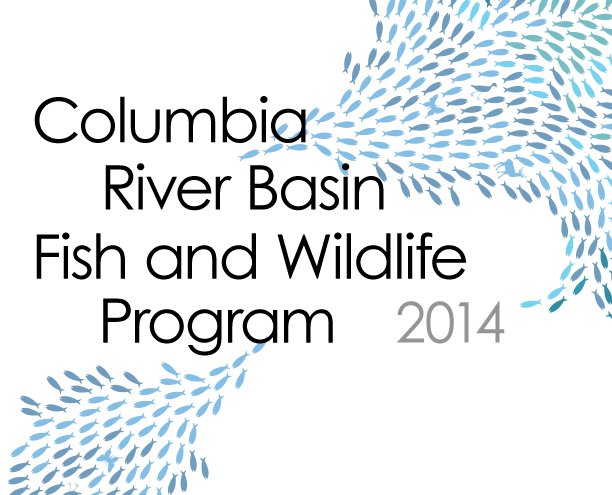INTRODUCTION
The Council’s program is the largest regional effort to recover and protect fish and wildlife in the nation. Funded by the federal Bonneville Power Administration under authority of the 1980 Northwest Power Act, the program mitigates the impacts of hydropower dams on fish and wildlife. It also helps direct more than $250 million each year to over 350 projects throughout the Columbia River Basin.
KEY STRATEGIES
Healthy Ecosystems
The program envisions healthy ecosystems that sustain abundant, productive, and diverse plants and animals. To do this, the program supports protecting and restoring natural ecological systems and biological diversity as much as possible. See Ecosystems in the Program.
Wild Fish
Wild fish are critical to preserving the genetic diversity and resiliency of salmon and steelhead. They also provide important opportunities to rebuild and reintroduce populations, with support from hatcheries. See Wild Fish in the Program.
Hatcheries
Since habitat restoration alone can’t achieve the goals of the program, the Council supports fish hatcheries, managed according to current and evolving scientific principles, to help meet program objectives. See Hatcheries in the Program.
Accountability
Ecosystem management should be adaptive and experimental. Nature is a complex, evolving system, and our understanding of it is limited. It’s critical then, for resource managers to constantly improve their knowledge and adapt to new information. See Adaptive Management in the Program.
Other key areas include a focus on water quality, especially the proliferation of toxics in our watersheds; a more aggressive approach to avian predators; preventing the spread of invasive species such as quagga and zebra mussels; and operational experiments at the federal dams.
KEY PRIORITIES
- Ensure effectiveness of ongoing projects
- Learn from new information and adapt accordingly
- Support efforts to address predation; reduce toxic contaminants; and prevent the spread of non-native and invasive species
- Explore opportunities to increase upper Columbia Basin salmon through reintroduction into blocked areas; enhancing fish passage; and habitat improvements
- Address passage and research needs for sturgeon and lamprey
- Continue updating local subbasin recovery plans to inform efforts
- Improve floodplain habitats
See more priorities in the Program.
PROJECT EVALUATION
The program’s projects range from land acquisitions to protect and preserve healthy habitats; research to learn how best to rebuild naturally spawning fish populations; improvements to passage systems to assist fish movement through and around the dams; and restoration efforts to improve spawning and rearing habitats in tributaries that have been damaged by development.
A broad range of entities propose projects, including federal and state agencies, tribal governments, watershed groups, universities, private landowners, and environmental organizations. These groups also participate in the project review and selection process. To ensure accountability, all projects are required by law to undergo review by an independent scientific panel. The program also uses a second, related panel of scientists to provide advice to the region on key scientific issues, as well as an independent panel of economists to provide guidance on questions of cost-effectiveness.
The program has evolved over time from its initial focus on improving hydrosystem passage for salmon and steelhead to restoring, as much as possible, the river’s natural processes. See Project Evaluation in the Program.



